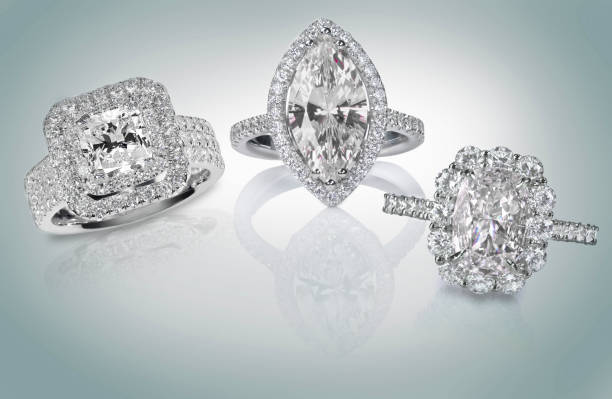Insights To Sell Vintage Jewelry All Entries

The concept of vintage jewelry triggers nostalgia and appreciation for cultural history. Consumsers have various reasons for investing in older jewels from building jewelry collections to selling items for profit. It's important to note that not all jewelry retains its value, as condition of the gemstone or mineral is supreme. Here are essential insights to consider if you plan to sell vintage jewelry.
What Is Vintage Jewelry?
Some people may assume the term "vintage" is synonymous with "old" or "antique," but it's not that simple in the jewelry industry. Here are the breakdowns of similar industry terms for older jewelry and what they mean to GIA-certified gemologists.
- Vintage - 50-100 years old
- Antique - 100 years old or older
- Estate - Jewelry with a previous owner regardless of age
You may find some consumers and vendors who start to call 20-year-old jewelry "vintage" since the term is used in art and other fields for that age. Be aware that a jewel can be over a century old and not have much market value if it's in poor condition. On the other hand, if the piece belonged to someone famous or was made by a noted manufacturer, it might still be attractive at a high price.
Demand Is Crucial
Even if jewels are preserved in pristine condition, you still need a buyer if you plan to sell vintage jewelry. That means factors such as age, purity, rarity, and durability only drive profit if demand exists in the market. What might have sold for profit a decade ago might not sell as easily today. Luckily for jewelry investors and collectors, the demand for a wide selection of vintage items has generally been a predictable continuum.
Where To Sell Vintage Jewelry
Vintage jewelry can be sold in many different physical and digital marketplaces around the world. The first thing to consider is working with a GIA-certified gemologist you can trust. Be aware that a pawn shop is definitely not the best place to get the best value for your vintage jewelry. Such shops are looking to spend as little as possible to purchase marketable jewelry so they can turn around and sell it at a marked up price.
Unless you are trying to liquidate vintage jewelry for quick cash, it's best to be patient and work with experienced professionals. Vintage jewelry has wide variances in pricing due to imbalances in supply and demand. While there is usually a strong demand for vintage items at any give time, that doesn't mean any specific vintage item will sell right away.
If you sell the vintage item to a dilligent jewelry enthusiast, expect them to request lab tests on the jewel by a certified gemologist. The easiest way to sell vintage jewelry is to work with a certified jeweler who already has established relationships in global marketplaces.
Conclusion
Even though many different people have their own personal definitions for "vintage," be cognizant that pro jewelers use a specific definition to reflect 50-100 year old items. Selling vintage jewelry on your own is possible, but it's often more challenging than it seems. Contact Ralph Mueller & Associates for a deeper understanding of the vintage jewelry market. We have decades of experience bringing jewelry buyers and sellers together on the global market.